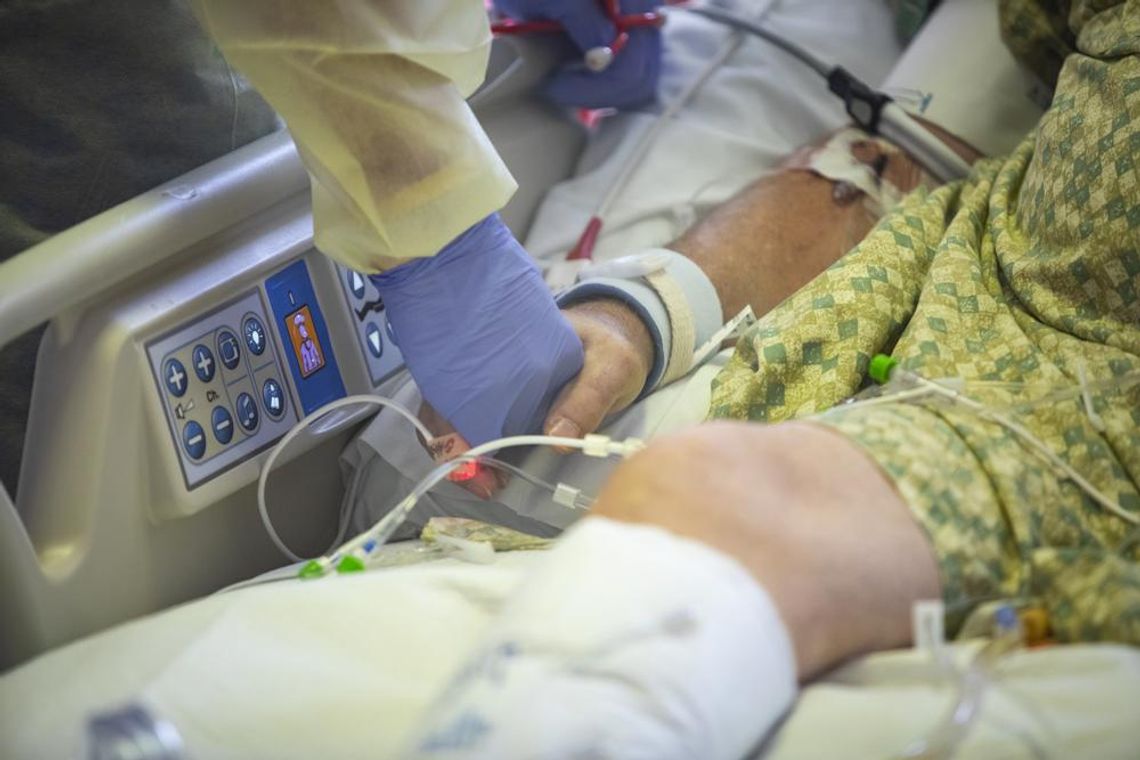By Sahar Chmais
No ICU beds remain available in Trauma Service Area O (TSA-O), which treats patients in 11 counties, including Hays and Travis. COVID-19 conditions have strained emergency room services, and doctors want residents to know where to go when in need of medical attention.
COVID-19 has been a major culprit in the increasing number of patients in the ICU and in the hospital. Hospitals are still seeing the regular emergency cases, but now there is the addition of patients caused by the COVID-19 surge, said local Emergency Care Physician, Dr. Michael Banyasz. As of Sept. 5 there were 518 available ICU beds, nearly half of them, or 245, are occupied by COVID-19 patients and the remaining beds used for other medical conditions. Doctors want patients to know where to go to get the best level of care for their case, especially with the stress put on emergency services.
“Most emergency rooms are busy even in normal times, without COVID,” said Banyasz. “It’s helpful for patients to get themselves to the best level of care.”
When to see a primary care physician
Primary care is a good option when there are chronic complaints such as medication management, diabetic management and pain management.
When to go to an Urgent Care center
Urgent care is an extension of the doctor’s office, but it is open later and has a smaller copay, if your insurance company approves of urgent care. These centers can handle mild illnesses as well as traumas, sutures, abscess drainage and minor broken bones.
When to go to the Emergency Room
Emergency rooms are for patients who feel their life, limbs or vision is at stake. If that is the case, call 911 and immediately go to the emergency department. If a person suspects they are having a heart attack, stroke or major trauma, those are emergent conditions that need to be immediately addressed.
Another option is to use a nurse hotline, which can be accessed through large medical organizations, to help a patient assess where they should go or what they should do, Banyasz said.
It may not always be easy to determine which category a patient falls into, especially under moments of pressure.
Minor fractures might be on areas such as fingers, toes or hands. Major fractures would be to long bones, the chest or neck, Banyasz explained. If it’s a major fracture, that would require a visit to the emergency department. And if a patient suspects having a heart attack or stroke, they should go to the emergency room.
“When in doubt, if you’re not sure where to go, err on the side of caution and go to the emergency room,” Banyasz said.
Besides using these methods to assess the type of medical facility to use, Banyasz stressed that the best way to help during this surge is to get the COVID-19 vaccine. About 90% of COVID-19 cases coming into the emergency rooms are unvaccinated.
“They are seeing a variety of ages compared to the last surge,” Banyasz said. “Younger populations, under 50 years old, are more prone to COVID than before. Delta is affecting everyone, from young to old.”
As of Sept. 3 in Hays County, there are 56 residents hospitalized with COVID-19. Of those, 47 are unvaccinated and 31 in the ICU. There are nine vaccinated residents, two of which are in the ICU.











